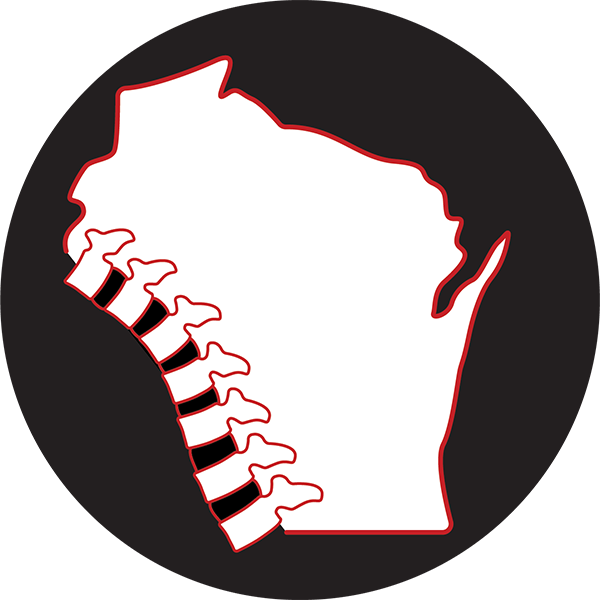- There is support for integration of OMM/OMT into the resident’s practice along with the other areas of medicine. Residents have opportunities to use OMT within the continuity clinic setting and may have opportunities to gain additional experience in a specialized OMT clinic.
- Additional training in OMM/OMT presented by UW DMFCH osteopathic faculty and experienced teachers from an osteopathic medical school at four, day-long conferences annually for osteopathic residents.
- The University of Wisconsin Residency Programs have a long history of teaching osteopathic residents. All osteopathic residency graduates have passed the osteopathic family medicine board exam.
- Osteopathic and allopathic residents learn together in a collegial atmosphere.
- Every program site has active osteopathic faculty and osteopathic community physicians.
- In 2020, the AOA will stop accrediting osteopathic residency programs. Instead, osteopathic programs will be accredited by the ACGME and can apply for additional Osteopathic Recognition for the osteopathic training they provide. Our programs have already achieved Osteopathic Recognition from the ACGME based on our current osteopathic curriculum and training.
- There will be no change to resident licensure; osteopathic residents will continue to take COMLEX.
- Osteopathic residents will still be eligible to take the AOBFP exam.
- Fourth year students are welcome and encouraged to do elective rotations within a Department of Family Medicine and Community Health clinic site, but it is not a requirement. Doing so will assist you in your decision-making process by having learned first-hand about the program and location. For additional information see: Electives for visiting students.
- No. Residents match at a single program and complete their training at that location.
- Programs do not have a specific number of spots set aside for osteopathic positions, so flexibility exists for residents to apply at programs that are best suited to their individual needs.

